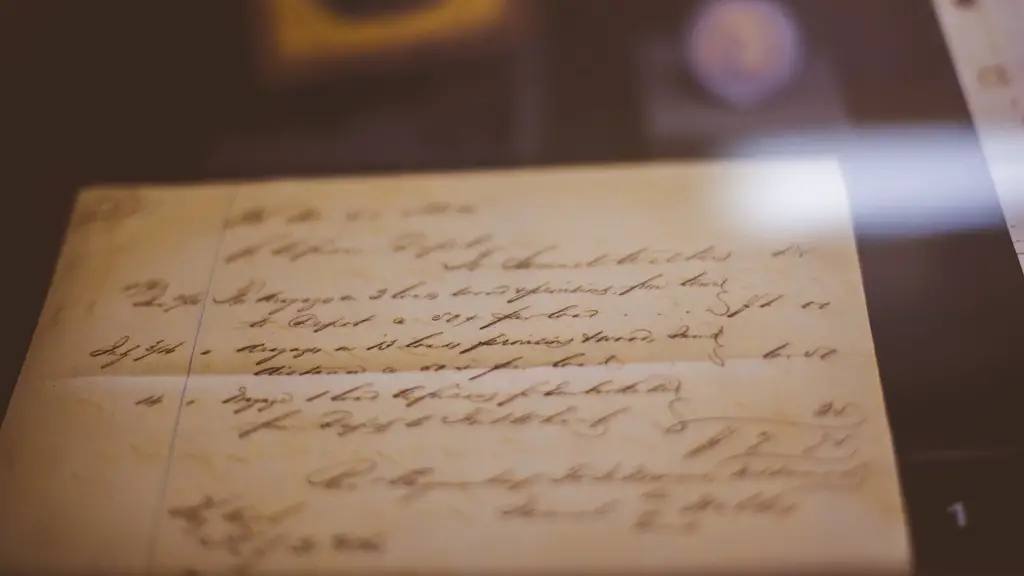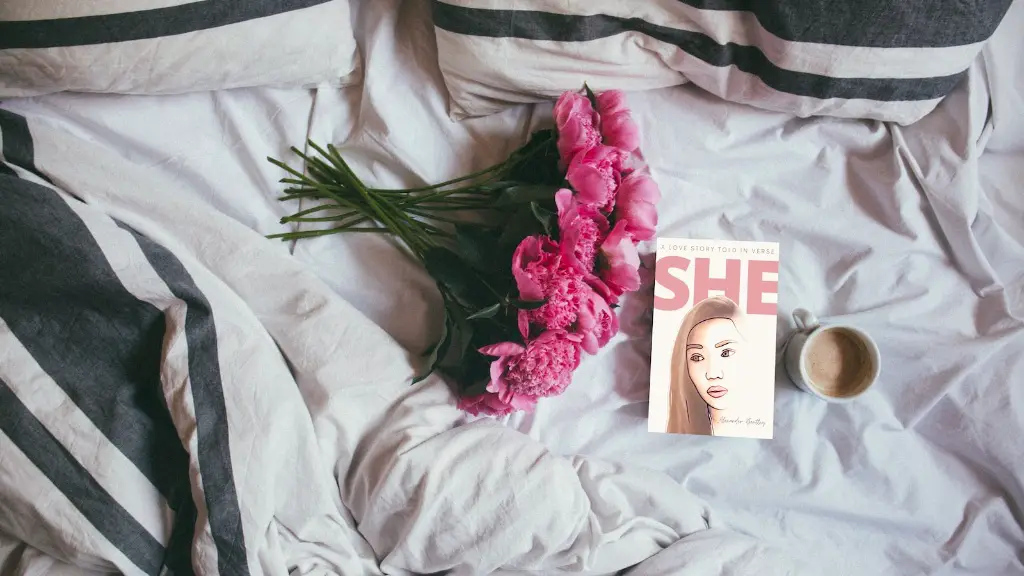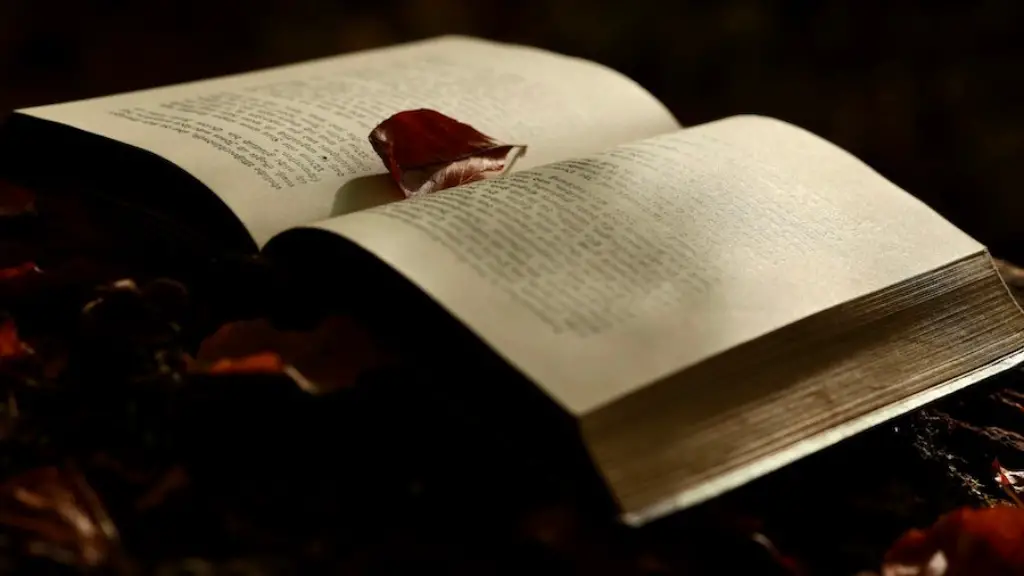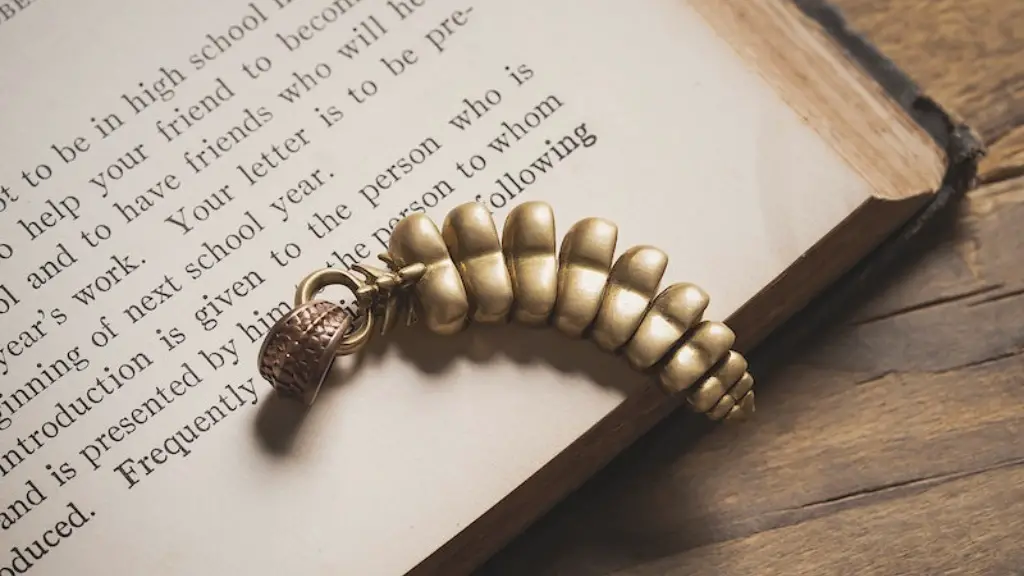What is Literary Devices in Poetry?
When it comes to understanding literary devices in poetry, it is important to know that the term “literary devices” can refer to many different elements of literature. These include metaphors, similes, allusions, imagery, foreshadowing, personification, and more. Literary devices can take various forms and be used to great effect in order to enrich a poem and make it more meaningful or evocative. Let’s take a look at some of the most common literary devices used in poetry.
Metaphors and Similes
Metaphors and similes are two of the most widely used poetic devices in literature. Metaphors are a type of figurative language in which comparison between two separate entities is implied without using the words “like” or “as.” Similes, on the other hand, are explicit comparisons that use the words “like” or “as” in order to draw a comparison between two entities. Both metaphors and similes are common in poetry and are used to highlight the similarities between two seemingly dissimilar entities or to evoke a certain emotion in the reader.
Allusions and Imagery
Allusions and imagery are also used heavily in poetry for their ability to create a vivid mental image for the reader. Allusions are references to well-known characters, places, stories, slogans, or events that carry a certain connotation. Imagery is the use of descriptive language to evoke a certain image in the reader’s mind. Imagery is commonly used to evoke a certain emotion or feeling; for example, a poet may use imagery to describe a beautiful landscape or a violent storm.
Foreshadowing and Personification
Another poetic device that is often used in literature is foreshadowing. Foreshadowing is the use of hints or clues to suggest what might happen later in the poem. This is often done through the use of metaphor or other figurative language. Personification is the attribution of human qualities to non-human entities or things. This is often used to evoke emotion in the reader or to give life to a seemingly mundane object.
Synaesthesia and Symbolism
Synaesthesia is the combination of multiple senses into one. This is commonly used to evoke certain emotions in the reader or to create vivid mental images. An example of this is when a poet describes the taste of a blade of grass, or the sound of a sunbeam. Symbolism is another common poetic device in which objects, characters, and events are used to represent something else. This is often used to represent abstract concepts such as love, loss, or death.
Rhythm and Repetition
Rhythm and repetition are two other poetic devices that are commonly used in poetry and literature. Rhythm is the repetition of certain sounds or words, while repetition is the repetition of the same line or phrase. Both of these devices enhance the flow of the poem and make it more pleasurable to read. Rhythm and repetition are also used to emphasize certain words or phrases and evoke certain emotions in the reader.
Onomatopoeia and Hyperbole
Onomatopoeia is the use of words that imitate the sounds that they represent. This is often used to create vivid mental images for the reader and to emphasize certain words or phrases. Hyperbole is the use of exaggerated language to achieve a certain effect. This is commonly used to evoke a certain emotion or to emphasize a certain idea.
End Rhyme
End rhyme is the type of rhyme used in most poems. It is the repetition of the final words of two or more lines, often with a pattern. End rhyme is used to create a sense of unity and to give the reader the feeling that the poem is “coming together”. End rhyme is also used to emphasize certain words and to evoke certain emotions in the reader.
The Significance of Literary Devices In Poetry
The use of literary devices in poetry is essential to creating a poetic masterpiece. By using such devices, poets are able to bring their words to life and evoke in the reader a variety of emotions. Furthermore, these devices can help to add emphasis, surprise, and interest to a poem. For example, a metaphor can help to bring home a certain point more effectively than a plain statement. Similarly, the use of allusion or symbolism can make a poem more meaningful and interesting for the reader.
Literary Devices in Traditional Poetry
It is no secret that the use of literary devices has been popular in poetry since ancient times. In fact, many of the most famous examples of poetry include the use of literary devices such as metaphors, allusions, and personification. Traditional poetic forms such as sonnets and haiku often hinge upon the successful use of such devices. It is clear that literary devices are an essential part of any poem, and the use of them is key to the success of a poem.
The Use of Literary Devices In Modern Poetry
Today, the use of literary devices in poetry is just as important as it was in the past. Many of the same devices are still used in modern poetry, though contemporary poets also have the advantage of being able to draw from a wider range of influences and experiences. From pop culture references to observation of their own lives, contemporary poets have a wealth of material from which to draw.
How to Identify and Apply Literary Devices in Poetry
One of the most important steps in using literary devices is to identify them. This often requires an in-depth exploration of the poem itself, as well as awareness of the wider context of the particular author’s genre and era. Once these devices have been identified, they can be applied to a poem to create a unique and powerful poetic expression. By utilizing these devices, a poet can craft an emotive and evocative poem.
Advice For Writers On Using Literary Devices In Poetry
For aspiring poets, the key to successful use of literary devices is practice and experimentation. When writing, it can be helpful to keep a list of possible devices a poet might utilize, such as metaphor, simile, allusion, imagery, foreshadowing, etc. Additionally, it is important to keep an open mind when it comes to the use of literary devices. Many devices, such as hyperbole and symbolism, often have multiple meanings and connotations. By using these devices skillfully, a poem can become more powerful and engaging.
Conclusion
When it comes to understanding and utilizing literary devices in poetry, it is important to keep an open mind and have a willingness to experiment. By familiarizing oneself with the various devices that can be used and how they can impact a reader, a poet can create a unique and powerful piece of work. Finally, with practice and experimentation, literary devices can be used to great effect in poetry.



